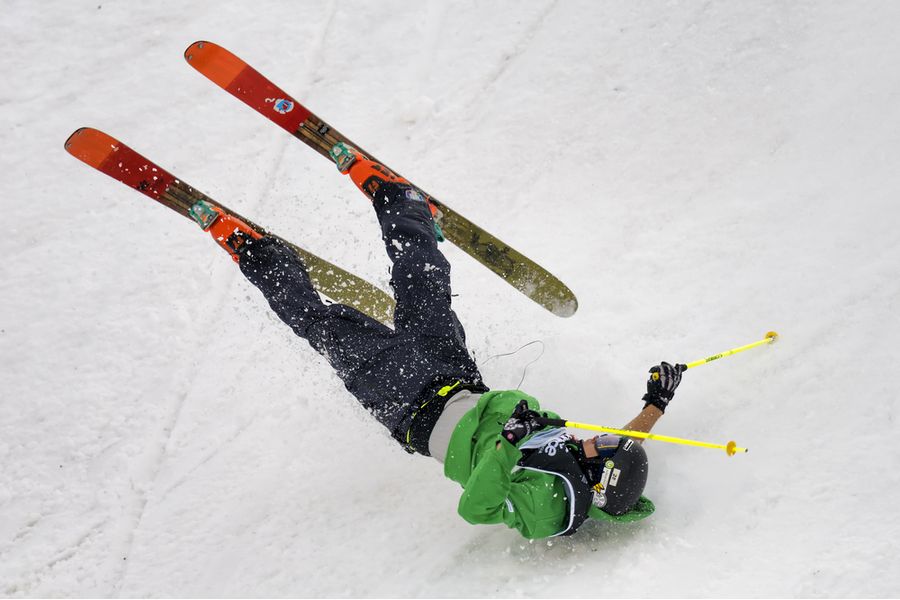Go Big and Get Hurt
“Go big or go home” is a command that many of us grew up with. But “Go small and get great” is the mantra of the wizened athlete. Which path do you follow? Your choice will determine your health.

Go big, find the steepest terrain, ride the gnarliest trail, surf the storm swell—these are the dreams of youth, and the downfall of adults. Our orthopedic surgical practice is filled with failed greatness. And injuries once considered temporary, we now realize, have lifelong consequences. You don’t just tear your ACL; you too often doom your knee to arthritis. You don’t just tear your meniscus; you lose its protective shock absorption. You don’t just dislocate your shoulder; you risk chronic instability.
These injuries matter. Our repair and reconstruction techniques are getting much better by augmentation with stem cell-recruiting factors—but for some injuries, speeding up healing may not be enough to prevent long-term consequences.
“Go big” should mean aspiring to greatness in your sport. But applying brainpower, and practicing incremental tactics for skill improvement, is more likely to lead to long-term sports success. Even so—how do we teach that to highly-driven male and female athletes who seeking not just bragging rights, but Olympic gold?
People love made-for-TV drama—but evidence of incremental skills is often boring to watch. Highlight reels after football games show the great passes and long runs. The subtle, repetitive moves of the linemen to prevent a rush are ignored. Yet it is the lineman’s error that permits the quarterback’s sack.
The first step in coaching is advice you’ve heard before: Practice the basics so often that the progression to the next step is easy. Play the scales on the piano before the concerto, surf the little waves first, ski the easy slopes, and practice your landing skills before launching off a cliff. The real key is in glorifying the elemental skills.
This is true in sports that reward the routine maneuvers. Figure skating took this to heart, with competition scores depending as much on the subtle elements as on the huge jumps. Technical scores in mogul skiing and horseback riding competitions are as important as finishing time on the courses. Yet many athletes in recreational sports skip those critical steps.
The second step is to encourage our media to focus on, and glorify, the aspects of sports that make athletes great. Given the phenomenal improvement in high definition, high-speed cameras, we can now image those crucial and often hidden skills: the differences between one quarterback’s throwing mechanics and another’s or one pitcher’s fastball from another’s. Even more important is our ability to see how the top athletes reproduce their winning techniques, leading to yet another touchdown or home-run highlight.
So watch yourself as you participate in sports and athletic activities. If you are mostly trying to go big, schedule a standing appointment with your orthopedic surgeon. But if you can center down, and focus on becoming the best person in the world at the fundamentals of your game, you have a shot at achieving lifetime pleasure and health.
